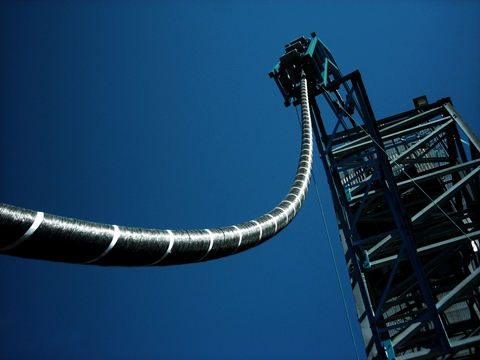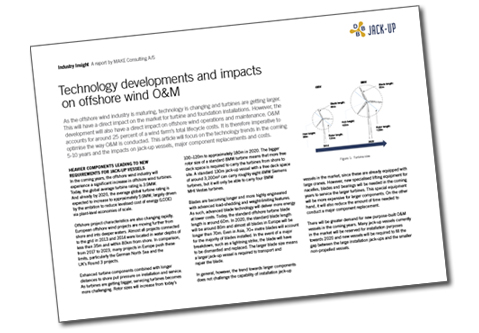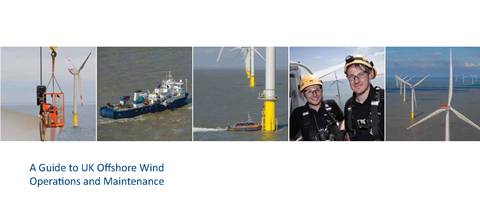
Cables are the achilles heel of the offshore wind industry; a majority of insurance claims are related to cable failures. Easy to break, hard to fix, as repairs always require an expensive repair vessel and spread.
In the event that an offshore wind farm loses one of its (typically) two export cables, the largest loss will be due to lost revenue, although the lost generation is probably less than 50% of potential output due to periods of low wind speeds, and also due to the fact that export cables can be specified to carry more than half of the wind farm capacity. Continue reading


